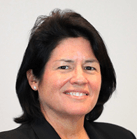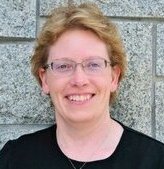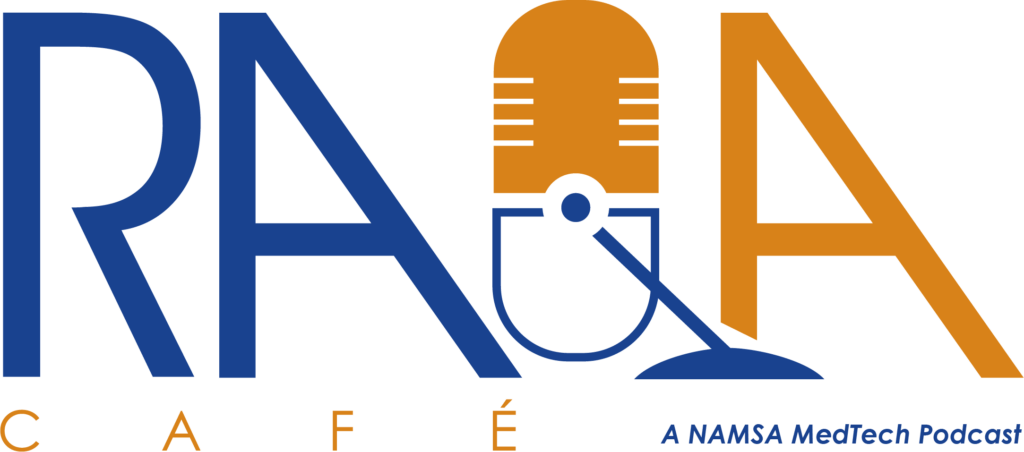Meet the Speakers

Monica Montanez, MS, RAC, CQA; Principal Regulatory Consultant, NAMSA
Monica has over twenty years in the medical device industry in Regulatory Affairs and Quality Assurance. Her primary focus is navigating the regulatory pathways for electro-mechanical and software driven medical devices worldwide. She has received clearance of many 510(k)s and approval of new indications for PMA device(s) of which 90% involved software. More recently, she has broadened her regulatory experience in the area of digital health that includes: Software as a Medical Device (SaMD), Mobile Medical Apps (MMA), Digital Therapeutics (DTx), Artificial Intelligence (AI), Machine Learning (ML), Cybersecurity, Usability, and Risk Management. While in industry, she assisted in the development of FDA 510(k) guidance and FDA Software guidance directly with FDA.

Lezlie Hynes, MT (ASCP), CQA, CSQE; Principal Quality System Consultant, NAMSA
Lezlie has over 30 years of experience in medical device, INVD, HCT/P, and hospital and reference laboratories. She specializes in developing, managing, and maintaining operational Quality Management Systems (QMS) and conducting audits and assessments against various regulations. Lezlie also provides training, support for regulatory submissions, and assists with remediation of audit and inspection findings. She has worked on successful PMA submissions, implemented and validated eQMS software applications, and provided on-site support for FDA inspections.

Linford Leitch; Former Regulatory Consultant, NAMSA
In 2021, Linford joined NAMSA as a Regulatory Consultant. He has 9 years of experience in the medical device industry with direct regulatory experience with Spine, Transcatheter Heart Valves and Hemodialysis devices. He specializes in developing global regulatory strategies for entry to market and maintain strategies throughout product lifecycle.

Richard Granquist; Senior Quality System Consultant, NAMSA
Rich Granquist has 17 years of experience in the medical device industry and has spent extensive time working with both start-up manufacturers and larger, global device manufacturers. He specializes in quality system development and risk management.
Rich started in the medical device industry as a Microbiologist focusing on preclinical testing including, packaging validation, biocompatibility testing and reprocessing instruction validation for urology and women’s health devices. He spent several years as a Quality Engineer performing complaint investigations, root cause investigation and product development focusing on aortic intervention vascular devices. In 2014, Rich joined NAMSA as a Quality Systems Consultant. Over his 16 years in the medical device industry, he has participated in numerous AAMI ISO standards committees and currently sits on the AAMI working groups for AAMI ISO 14971, AAMI ISO/TR24971, AAMI ISO 13485 and AAMI ISO 15223.





